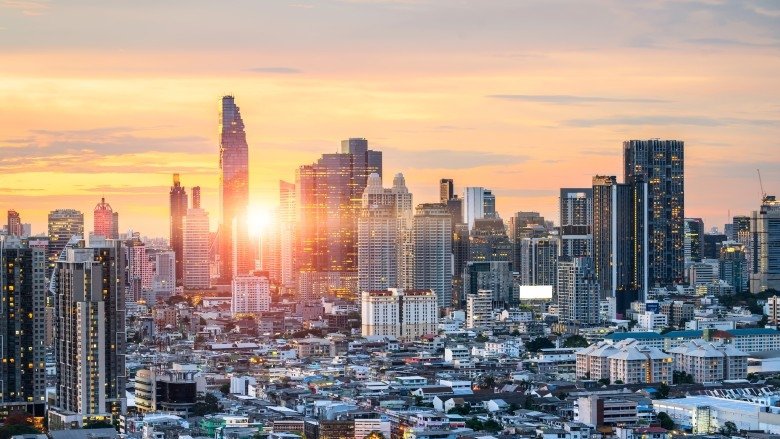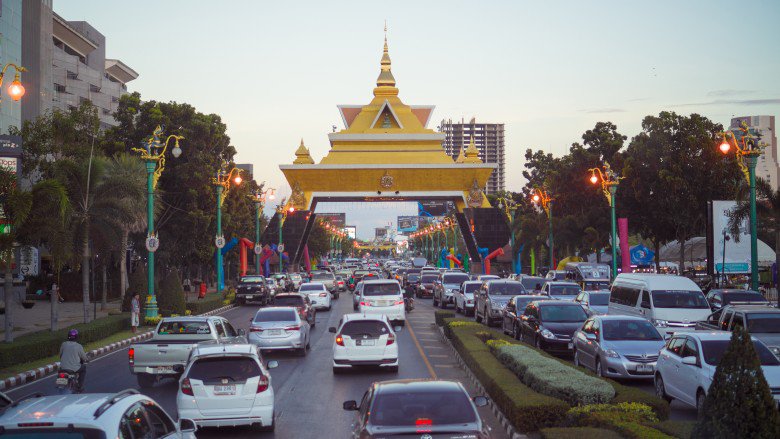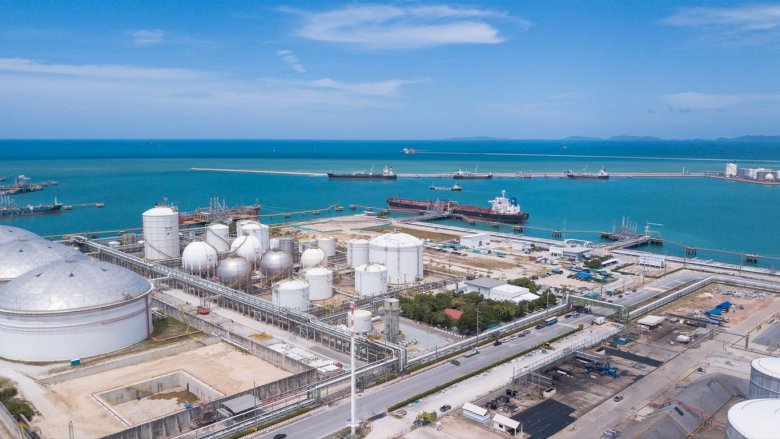Cities play a crucial role in driving economic growth, acting as hubs for income generation, job creation, and improved living standards. As urban centers expand, they provide opportunities for individuals to secure employment, access education, and elevate their quality of life. Thailand has embraced the significance of nurturing its cities and boasts remarkable progress in social and economic development over the past four decades, transforming from a low-income to an upper-middle-income nation.
Thailand today has a network of thriving cities beyond the Bangkok metropolitan area offering a wealth of opportunities to local residents. As urban populations surge, the need for public services, innovative infrastructure, and regular maintenance continues to grow.
These needs arise in the context of a host of global challenges, including environmental crises and natural resource scarcities, which exacerbate the financial pressures faced by local governments and cities. Like many cities in the developing world, those in Thailand often operate within constricting institutional and fiscal frameworks, confronting infrastructure backlogs and a heavy reliance on funding from higher levels of government.
To address these challenges, Thai cities and their central government agencies are actively seeking innovative financing solutions for urban infrastructure. Creating an enabling environment for subnational infrastructure investments from both public and private sources is essential to addressing these challenges.
“For Thailand, the spatial distribution of economic activities must change to promote growth, reduce inequality and poverty and to move the country toward high-income level,” said Fabrizio Zarcone, World Bank Country Manager for Thailand. “No country has grown to riches without changing the geographic distribution of its people and production.”
In an effort to bridge the gap left by solely relying on public budgets, several cities in Thailand are exploring creative ways to mobilize finance for urban infrastructure development. These major Thai cities aim to unlock their potential for sustainable growth and are collaborating with the World Bank to learn from the experiences of leading cities around the world on how better to build cities’ creditworthiness and innovative ways to develop and finance climate-resilient infrastructure and build resilience.





